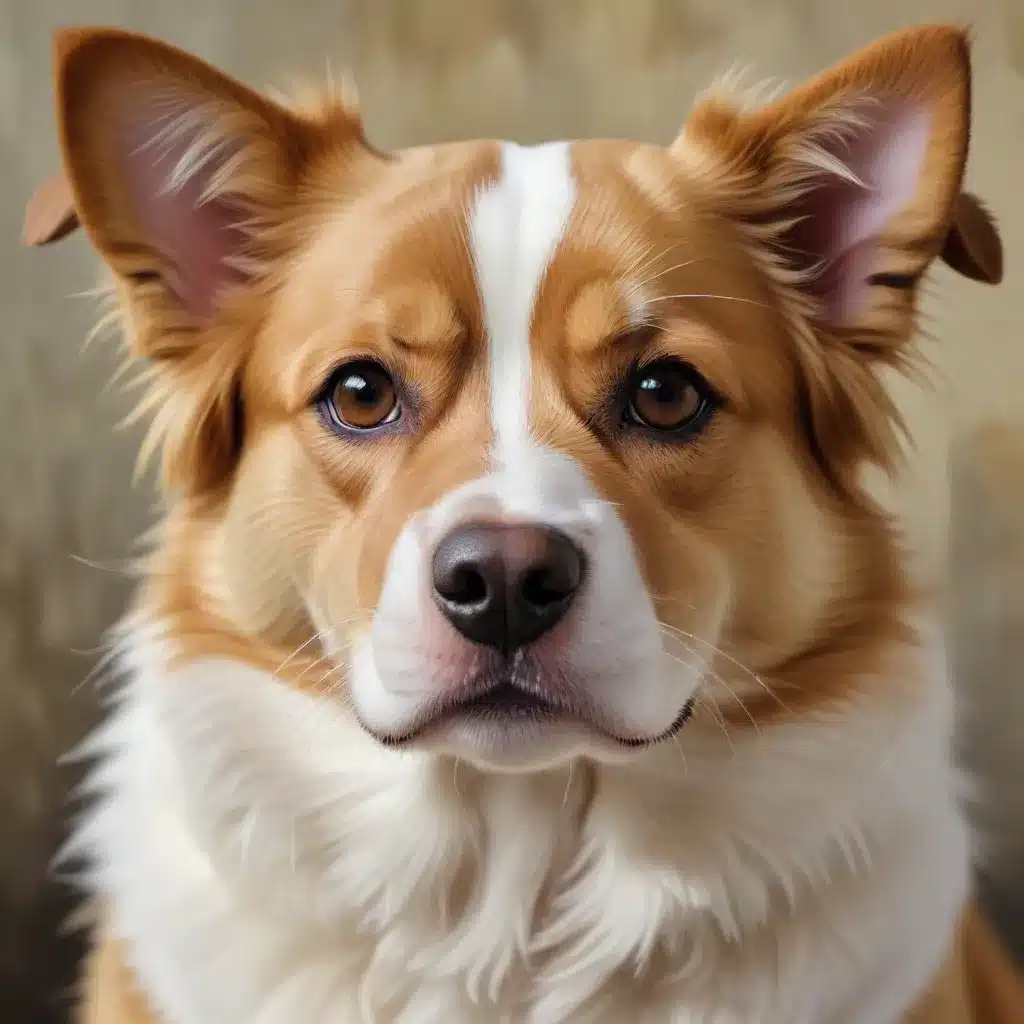
As a seasoned artist at Pencil and Paint Muse, I’ve had the privilege of honing my craft in both classical and contemporary techniques. One of my true passions lies in the realm of pet portraiture, where I’ve discovered the power of infusing these beloved subjects with deeper meaning and significance.
Art History Influences on Pet Portraiture
Classical Portraiture Traditions
The roots of pet portraiture can be traced back to the classical masters of the Renaissance era. Artists like Titian, Velázquez, and Goya elevated the status of pets by immortalizing them alongside their noble human companions. These majestic works often showcased the pets’ personalities, capturing the special bond between human and animal.
Romantic Era Interpretations of Pets
The Romantic period saw a shift in the artistic representation of pets, with artists like Sir Edwin Landseer and Briton Rivière imbuing their animal subjects with a sense of emotion and anthropomorphic qualities. Pets were no longer mere accessories but became soulful beings, reflecting the sentiments and experiences of their human counterparts.
Impressionist Techniques and Animal Subjects
Impressionist painters, with their bold brushstrokes and vibrant palettes, brought a fresh perspective to the depiction of pets. Artists like Édouard Manet and Claude Monet captured the fleeting moments and the play of light on the fur and feathers of their animal subjects, infusing their works with a sense of movement and energy.
Contemporary Approaches to Pet Portraits
Photorealistic Renderings
In the modern era, the advent of photorealistic painting techniques has allowed artists to capture the intricate details and lifelike essence of their pet subjects. Hyperrealistic works, such as those by Ellimilan on Instagram, showcase a level of technical mastery that bridges the gap between photography and painting, creating a mesmerizing illusion of reality.
Expressive Abstract Styles
Conversely, some contemporary artists have embraced a more expressive and abstract approach to pet portraiture. By distilling the essence of their subjects and focusing on the interplay of color, shape, and texture, these artists are able to convey the emotional resonance and deeper significance of the pet-human relationship. The works of Lotus Photography exemplify this captivating abstract style.
Mixed Media Explorations
Exploring the boundaries between traditional and contemporary mediums, some artists have ventured into the realm of mixed media pet portraits. By combining painting, drawing, collage, and digital elements, they create multifaceted artworks that capture the complexity and nuance of their animal subjects. This approach allows for a unique expression of the pet’s personality and the artist’s personal connection to the subject.
Color Theory for Captivating Pet Paintings
Complementary Color Palettes
The strategic use of color can elevate a pet portrait from merely a likeness to a work of profound emotional impact. By employing complementary color palettes, as seen in the works of Seth Haverkamp, artists can create a sense of drama and tension, heightening the viewer’s engagement with the subject.
Emotive Use of Light and Shadow
The interplay of light and shadow can be a powerful tool in pet portraiture, evoking mood and atmosphere. By carefully controlling the play of light, artists can guide the viewer’s attention, highlight the subject’s features, and convey a range of emotions, from the serene and contemplative to the dynamic and captivating.
Achieving Textural Depth
The use of texture, whether through the application of paint, the incorporation of mixed media elements, or the skillful rendering of fur and feathers, can add depth and dimensionality to a pet portrait. This tactile quality invites the viewer to engage with the work on a more intimate level, fostering a deeper connection with the subject.
The Journey from Sketch to Final Painting
Preliminary Sketching and Composition
The foundation of a successful pet portrait often begins with the artist’s initial sketches and compositional explorations. By experimenting with different perspectives, poses, and framing, the artist can find the most compelling and meaningful way to present their subject. These preliminary studies not only inform the final painting but can also serve as valuable sources of inspiration.
Layering Techniques for Depth
The process of transforming a sketch into a fully realized painting often involves the skillful layering of paint, drawing, and other media. By building up these elements, the artist can create a sense of depth and complexity, allowing the viewer to discover new details and nuances with each encounter.
Mastering the Details
The true mastery of pet portraiture lies in the artist’s ability to capture the intricate details that make each animal subject unique. From the delicate whiskers and expressive eyes to the subtle variations in fur or feather patterns, the meticulous rendering of these elements can breathe life into the final work, forging a powerful connection between the viewer and the subject.
As a seasoned artist at Pencil and Paint Muse, I’ve come to deeply appreciate the power of infusing pet portraits with deeper meaning and significance. By drawing upon the rich traditions of art history, exploring contemporary techniques, and harnessing the emotive power of color and texture, we can create works that not only capture the likeness of our beloved companions but also reflect the profound bond we share with them.
Whether you’re a seasoned artist or a passionate pet owner, I hope this exploration of the art of pet portraiture has inspired you to embark on your own journey of creating meaningful and captivating works that celebrate the unique spirit and personality of our furry, feathered, or scaled friends. After all, our pets are not just objects to be depicted, but living, breathing beings that deserve to be elevated and honored through the power of art.